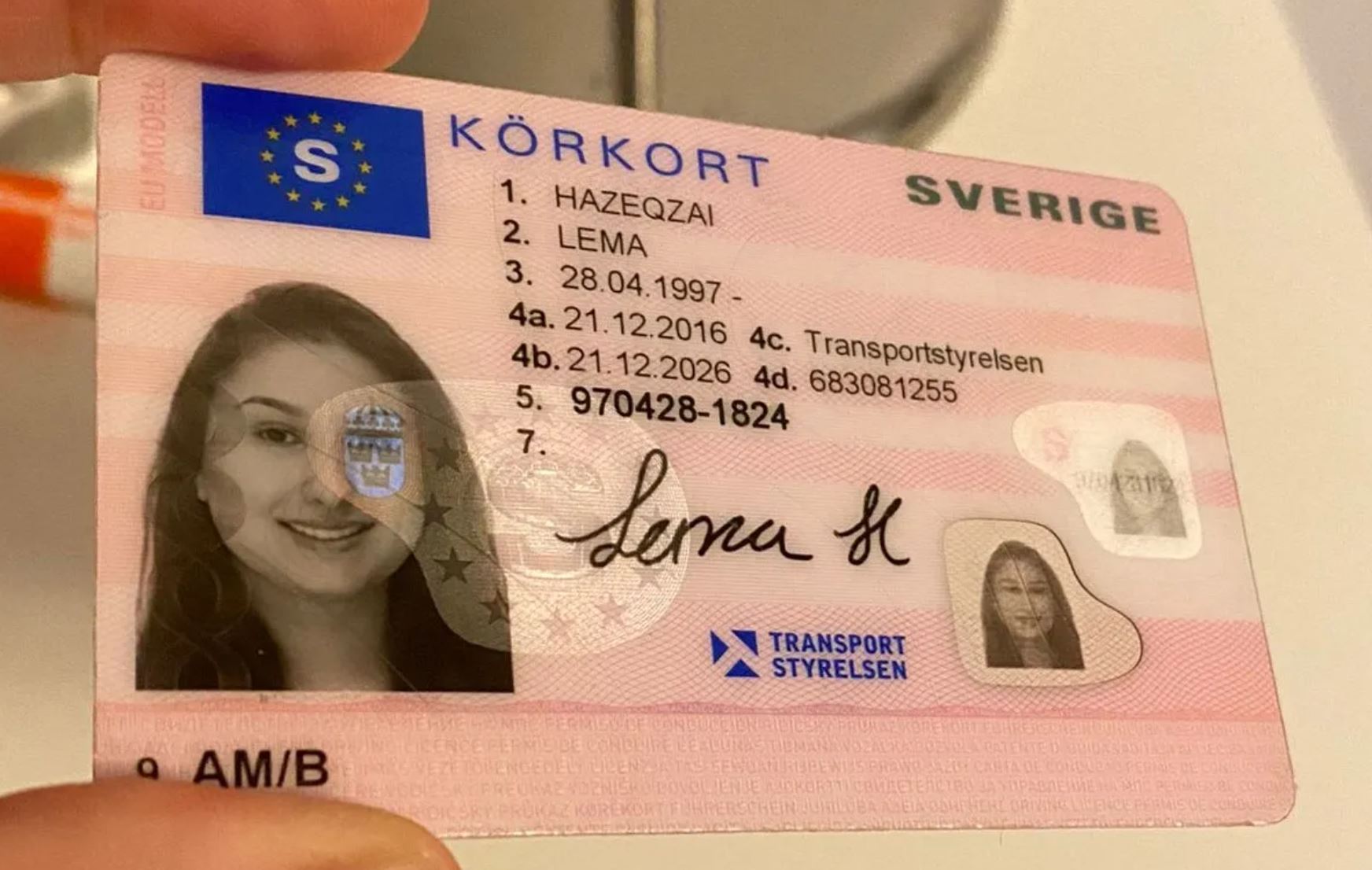Kandace Dube님의 문의내용입니다.
-
작성자Kandace Dube
-
조회수18회
-
등록일25-06-28 17:56
성함
Kandace Dube
연락처
이메일
유입경로
인스타그램 인스타그램
주소
평형
공사시기
공간유형
상업공간
공사예산
4,000~5,000
문의내용
Understanding Transportstyrelsen: Sweden's Transport Agency
Transportstyrelsen, or the Swedish Transport Agency, plays a crucial role in the management and regulation of different transportation sectors within Sweden. Accountable for making sure safe, efficient, and sustainable transportation systems, this firm oversees a wide variety of transportation modes, including road, rail, air travel, and maritime. This article delves into the agency's structure, functions, guidelines, and effect on the Swedish transportation landscape.
Overview of Transportstyrelsen
Established mainly to enhance the management of the transportation sector, Transportstyrelsen combines several functions connected to traffic safety, infrastructure, and environmental impact. The firm operates under the Ministry of Infrastructure and works in partnership with local governments, economic sector stakeholders, and international companies.

Secret Functions of Transportstyrelsen
Transportstyrelsen's duties include a broad scope, which can be summed up as follows:
Regulatory Framework Development
- Establish guidelines and requirements for all transportation modes.
- Monitor compliance and impose relevant laws and instructions.
Licensing and Registration
- Handle the licensing procedure for chauffeurs and transportation companies.
- Preserve a thorough database of registered lorries and aircraft.
Traffic Safety Promotion
- Conduct research and collect information on transportation security.
- Carry out projects focused on increasing public awareness about traffic security.
Sustainability Initiatives
- Promote environmentally friendly transport options.
- Motivate the adoption of electric and alternative fuel vehicles.
International Collaboration
- Engage with other European and international transportation authorities.
- Take part in efforts targeted at balancing transportation guidelines throughout borders.
Organizational Structure
Transportstyrelsen is organized into several departments, each concentrating on specific transport techniques:
- Road Traffic Department
- Railway Department
- Maritime and Air Traffic Department
- Environment and Sustainability Department
- Economic Analysis and Strategy Department
This structure allows for expertise and focused efforts in managing the diverse elements of transportation within Sweden while guaranteeing that all departments work collaboratively towards typical objectives.
| Department | Key Responsibilities |
|---|---|
| Road Traffic Department | Manages chauffeur licensing, car registration, and roadway security regulations. |
| Train Department | Manages railway security, facilities development, and service quality. |
| Maritime and Air Traffic Department | Controls shipping and aviation, making sure compliance with security requirements. |
| Environment and Sustainability Department | Addresses transport-related ecological issues and Skaffa KöRkort promotes sustainability practices. |
| Economic Analysis and Strategy Department | Carries out economic analyses to inform policy and technique on transport efforts. |
Influence on the Swedish Transport System
Transportstyrelsen's impact on the Swedish transport system is extensive. The company's guidelines and policies shape the safety, efficiency, and environmental effect of transportation in Sweden. Secret contributions include:
- Enhanced Safety Standards: By setting rigid security policies and continuously keeping track of compliance, the company assists lower mishap rates and enhance overall roadway, rail, and air safety.
- Promo of Public Transport: Through financial investments and support for public transportation systems, the company encourages a shift from private car reliance to more sustainable and ecologically friendly transportation modes.
- Assistance for Innovations: The agency fosters innovation in the transport sector by supporting new technologies such as electrical lorries and clever traffic systems, intending to fulfill both present and future challenges in transportation logistics and environmental management.
Regulation Compliance
To ensure compliance with Transportstyrelsen's guidelines, stakeholders in the transport sector need to stick to numerous standards and requirements. This includes obtaining required licenses, undergoing assessments, and submitting reports on security efficiency.
Important Compliance Areas
- Chauffeur Licensing Requirements
- Lorry Inspection Standards
- Safety Protocols for Transport Operations
- Ecological Regulations for Vehicle Emissions
- Operational Standards for Public Transport Services
Offenses of these policies can cause considerable penalties, consisting of fines and the cancellation of licenses or licenses.
Regularly Asked Questions (FAQs)
What is Transportstyrelsen?Transportstyrelsen, or the Swedish Transport Agency, is the government authority responsible for regulating all elements of transportation in Sweden, consisting of roadway, rail, maritime, and aviation sectors. How does Transportstyrelsenguarantee safety in transportation?The company develops and implements guidelines, performs research, and carries out security projects to promote safe transportation practices amongst all roadway users. What kinds of automobiles does Transportstyrelsen regulate?Transportstyrelsen regulates a large range of vehicles, consisting of guest vehicles, industrial cars, bikes, airplane, and maritime
vessels. How can I call Transportstyrelsen?Transportstyrelsen can be contacted by means of their official site where various resources, contact details, and forms for questions are offered.
Exists an appeal process for licensing choices made by Transportstyrelsen?Yes, people and companies can appeal choices made by Transportstyrelsen regarding licenses and regulations as described in their main guidelines. Transportstyrelsen is an important part of Sweden's transportation landscape, making sure that the systems in place are not just effective and effective however likewise safe and environmentally conscious. Its complex responsibilities, from guideline to public security, develop a framework that benefits both the Swedish population and the broader transport network. Understanding Transportstyrelsen's functions and functions helps stakeholders browse the complexities of the transport sector, promoting compliance and promoting developments needed for future sustainability.



